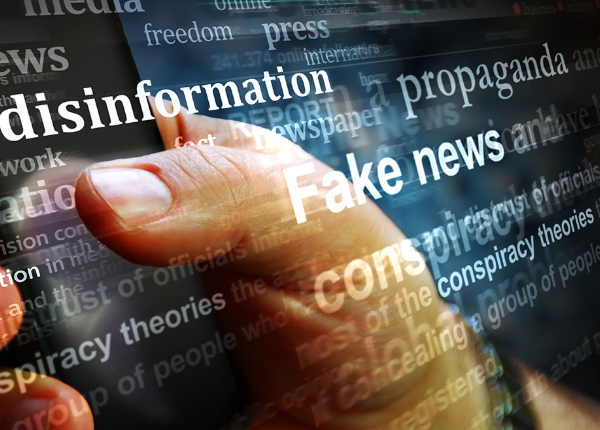While the internet, especially social media, have enabled sharing of information in ways never seen before, it has also opened doors to stories that are created to purposely misinform or deceive – fake news. Two studies offer insight into how the audience perceive and consume it.
The Reception of Fake News
How do people make sense of, and deal with, misinformation and fake news?
To answer this question, Maria Celeste Wagner of Annenberg School for Communication at the University of Pennsylvania and Pablo Boczkowski from School of Communication at Northwestern University, conducted seventy-one in-depth interviews in Chicago, Philadelphia, and Miami.
Their findings indicate that, overall, the participants disapproved of news reporting and thought that the quality has decreased in recent years. The reasons, they said, were media bias and a lack of distinction between facts and opinion. However, the participants said they trusted the media they consumed personally.
They were also distrustful of news on social media, but they still used these platforms as their primary source of news. They considered themselves as good detectors of fake news but were concerned about how these trends could affect the social media information habits of others.
To detect misinformation and fake news in news reports, the participants used strategies such as consuming what they considered to be fact-based media and rejecting media that was too opinionated; relying on their personal experience, knowledge, and long term relationships with media; seeking repetition of information across outlets, consuming cross-ideological sources, fact-checking, and trusting personal contacts who were perceived as good evaluators of news quality.
“Practices countering perception of low credibility and media bias have become compensatory mechanisms in search for greater objectivity and neutrality,” the authors wrote. “The risk of news media cynicism is that while some may perform these practices, others might feel reluctant to invest those efforts and avoid news more broadly, thus leading to a greater inequality in access to information.”
To read the full text of the study: https://doi.org/10.1080/21670811.2019.1653208
Wagner, M.C., & Boczkowski, P.J. (2019). The Reception of Fake News: The Interpretations and Practices That Shape the Consumption of Perceived Misinformation. Digital Journalism, 7(7), 870-885.
Priming and Fake News
The increased use of social media has changed how elites, who comprise of politicians, government officials, journalists, social activists, and different kinds of experts, communicate with the public. They regularly use social media to communicate their messages and ideas.
Emily Van Duyn and Jessica Collier of the Department of Communication at the University of Texas at Austin wanted to know the impact messages coming from elites have on people’s ability to accurately identify real and fake news.
They conducted a social media experiment where they exposed their participants to tweets from elites, and then to either real or fake news articles.
Results indicated that elite discourse about fake news may impact the public’s ability to accurately identify fake news. Participants who were exposed to elite discourse about fake news identified real news with less accuracy than those who were not exposed.
Exposure to elite discourse about fake news also leads to lower levels of trust in media.
“Therefore, frequent discussion of fake news may affect whether individuals trust news media and the standards with which they evaluate it. This discourse may also prompt the dissemination of false information, particularly when fake news is discussed by elites without context and caution,” the authors concluded.
To read the full text of the study: https://doi.org/10.1080/15205436.2018.1511807
Van Duyn, E, & Collier, J. (2019). Priming and Fake News: The Effects of Elite Discourse on Evaluations of News Media. Mass Communication and Society, 22(1), 29-48.








